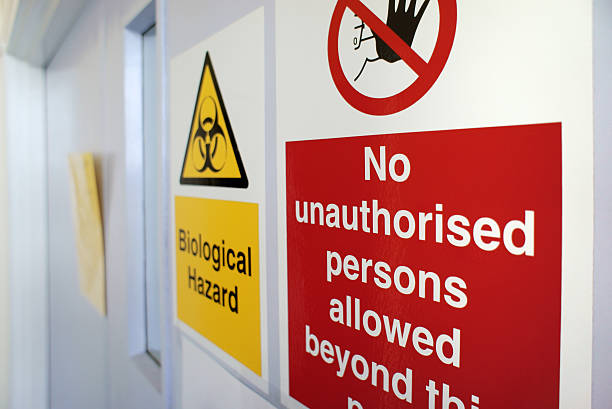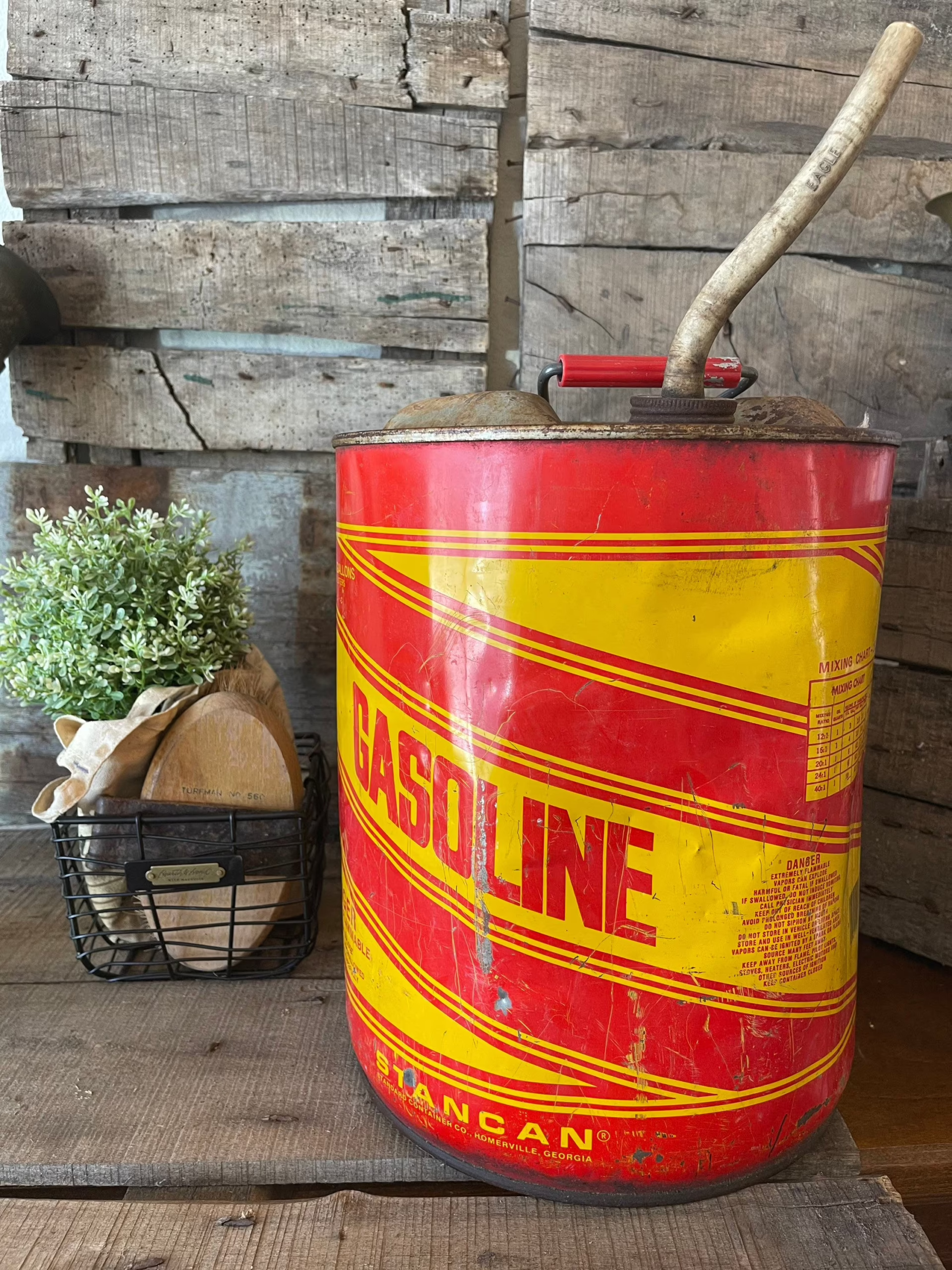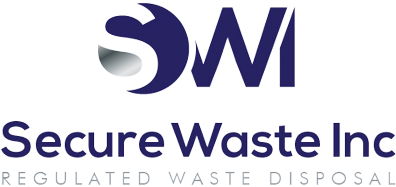Do You Need Biohazard Labels For Your Healthcare Office? Don’t Know Where To Begin? Secure Waste Provides Expert Answers And Solutions
Understanding Biohazard Labels and Signs
As part of our commitment to safety, employers must effectively communicate biological hazards to employees through clear and recognizable warning labels and signs.
Biohazard labels play a crucial role in protecting our health and safety. These labels should be bright fluorescent orange or red-orange and feature the word “biohazard” alongside the universally recognized biohazard symbol in a contrasting color, typically black.
To ensure visibility and effectiveness, these labels should be applied close to their respective containers using reliable methods like adhesive, wire, or string.
Need Biohazard Labels? “Click Here And Review”
You’ll find biohazard safety labels in key locations such as:
- All bags or containers utilized for storing, transporting, or disposing of blood and other potentially infectious materials.
- Refrigerators and freezers that hold blood or other potentially hazardous materials.
- Containers designated for pathological waste.
- Entrance doors to work areas, providing essential warnings and information to personnel regarding biohazards.
- Any equipment with contact with blood or potentially infectious materials, clearly indicating which parts remain contaminated.
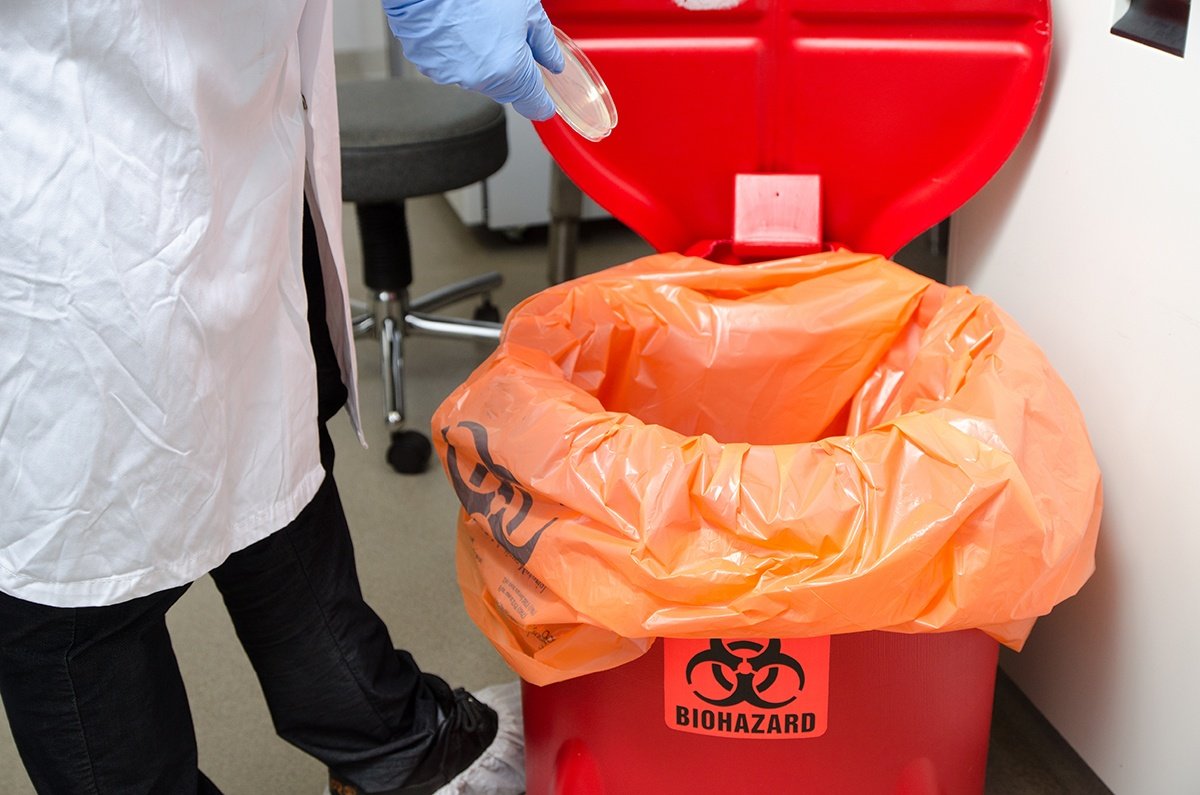
OSHA Container Requirements
Regarding biohazard waste, please take care of any items soiled with blood. A good guideline to determine the appropriate type of container is to assess the risk posed by the waste to human health.
The greater the risk, the more sturdy the container should be. The Occupational Safety and Health Administration (OSHA) has specific requirements for containers holding regulated waste:
- Containers must be closable.
- They must be designed to contain contents without leaking and be adequately sized.
- Each container should be clearly labeled and color-coded according to established standards
- Containers must be securely closed before removal to prevent spills during handling, transportation, or storage.
- If the exterior of the waste container becomes contaminated, it should be placed inside a second container for safety.
Understanding each biohazard waste container’s purpose and proper usage is vital for maintaining a safe workplace. By adhering to these guidelines, we can contribute to a healthier environment for everyone!
Standard Of Biohazard Waste Segregation
Incorrect waste segregation and labeling are common violations in healthcare facilities. Improperly managed medical waste poses risks of infection to medical personnel, waste handlers, and patients. All biohazardous waste must never be placed in regular trash cans, as it can be infectious.
The Occupational Safety and Health Administration’s (OSHA) Bloodborne Pathogens Standard requires employers to protect workers from blood and other potentially infectious materials (OPIM). This includes proper labeling, containment in designated bags and containers, and safety signs to reduce exposure risks.
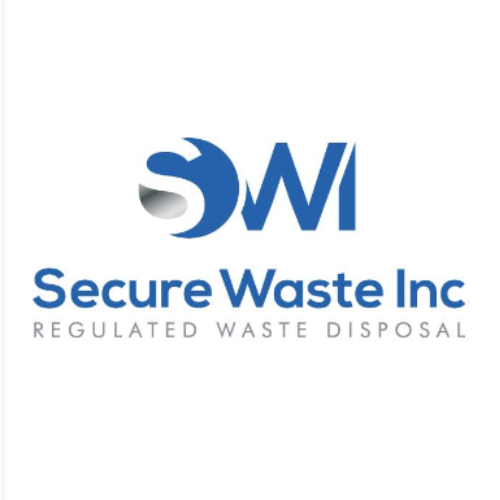
Expert Medical Waste Management: With over 25 years of industry experience, Secure Waste is a trusted local leader in hazardous and biohazardous waste disposal across Maryland, Virginia, and Washington, D.C. Specializing in medical waste management, sharps needle disposal, and biohazard waste removal, the company ensures full compliance with federal, state, and local regulations while prioritizing environmental sustainability.
The company also offers additional services, including secure document shredding and sharps container sales, providing comprehensive solutions for healthcare facilities and businesses. Our cost-effective services help clients maintain regulatory compliance without unexpected costs.
With a commitment to customer satisfaction, Secure Waste offers tailored waste management plans that align with industry best practices. Their team of experts provides reliable, timely, and compliant services, making them the preferred choice for medical waste disposal. For a free waste quote or more information, visit www.securewaste.net
